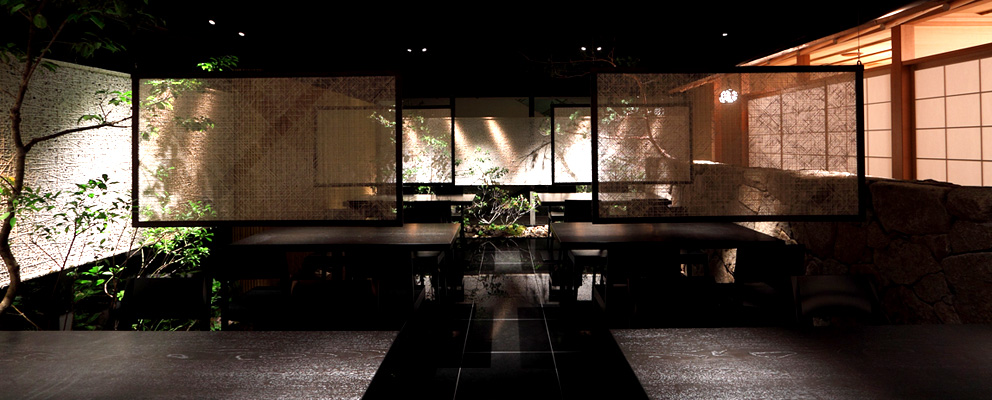
There are indeed many dishes that make up a Kaiseki course and it can get a little bit confusing, even for an experienced Japanese foodie.
Below is a simple guide to help you navigate through and enjoy your Kaiseki experience, in the order in which dishes are served in a Kaiseki course:
Click here to learn about what Omakase is:
※ Please note that the number of dishes will vary depending on the course ordered and some courses may contain a less number of dishes. Included pictures are only examples.
Sakizuke (さきづけ) :

A small appetizer which is served at the very beginning of the course. Typically a very small amount and something which whets the appetite.
O-wan (おわん) :

The soup dish. While it is a simple dish at first glance, it is sometimes said that the true skill of a Kaiseki chef can be seen in his soup, in how the stock and flavor of the ingredients is brought out in the broth. Be sure to first take a sip of the soup before eating the ingredients.
Mukouzuke (むこうづけ) :

Also called Otsukuri or more commonly, Sashimi. Typically an assortment of a few types of seasonal and fresh fish/seafood served with wasabi.
Hassun (はっすん) :

An assortment platter of small seasonal dishes tastefully placed together on a tray. "Hassun" literally translates to the measurement of approx. 24cm, which is typically the length of the square tray it is served on.
Yakimono (やきもの) :

A grilled dish of seasonal fish, most likely freshly hand-picked and procured that morning from the local market by the chef.
Taki-awase (たきあわせ) :

The “simmered” dish, also called Nimono. Typically a dish of vegetables simmered with meat/fish and placed in a bowl with a little broth.
Gohan (ごはん) :

The rice dish. You have probably heard of the word “gohan” as it also means “meal” or “food” in general. The type of rice dish will vary greatly, from a takikomi-gohan (seasoned rice cooked together with many different ingredients) cooked in a stone-pot, to different donburi-style bowls. Pickles and miso soup may be served together with it.
Mizugashi (みずがし) :

Dessert. This can also vary from a traditional Japanese confectionery, sherbet, ice cream to fresh season fruits.
As you may already know, a Kaiseki course will include the best ingredients that the season and locale has to offer so you can be sure to be pleasantly surprised each time. Similarly, the plates and bowls are different for each dish and so enjoying their various colors, designs and shapes is another enjoyable aspect of a Kaiseki meal. We hope you fully enjoy your Kaiseki meal for the true wonderful culinary and cultural experience that it is.

